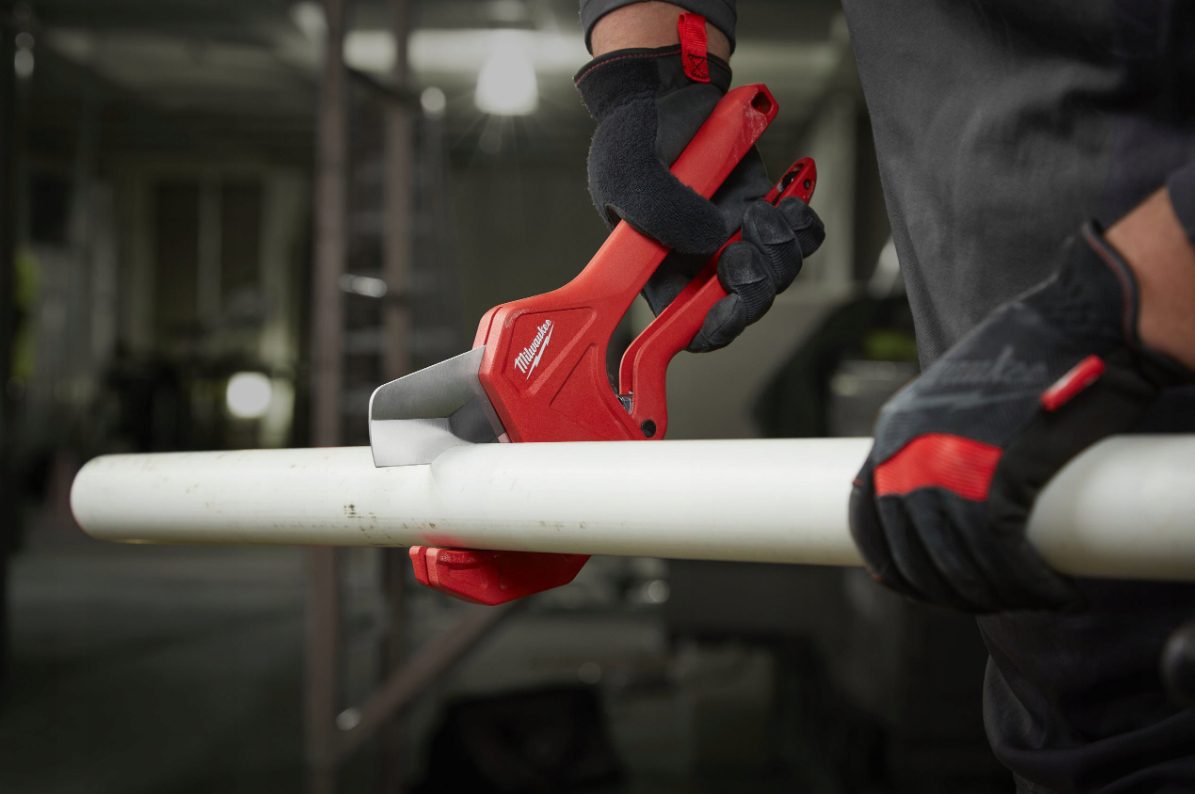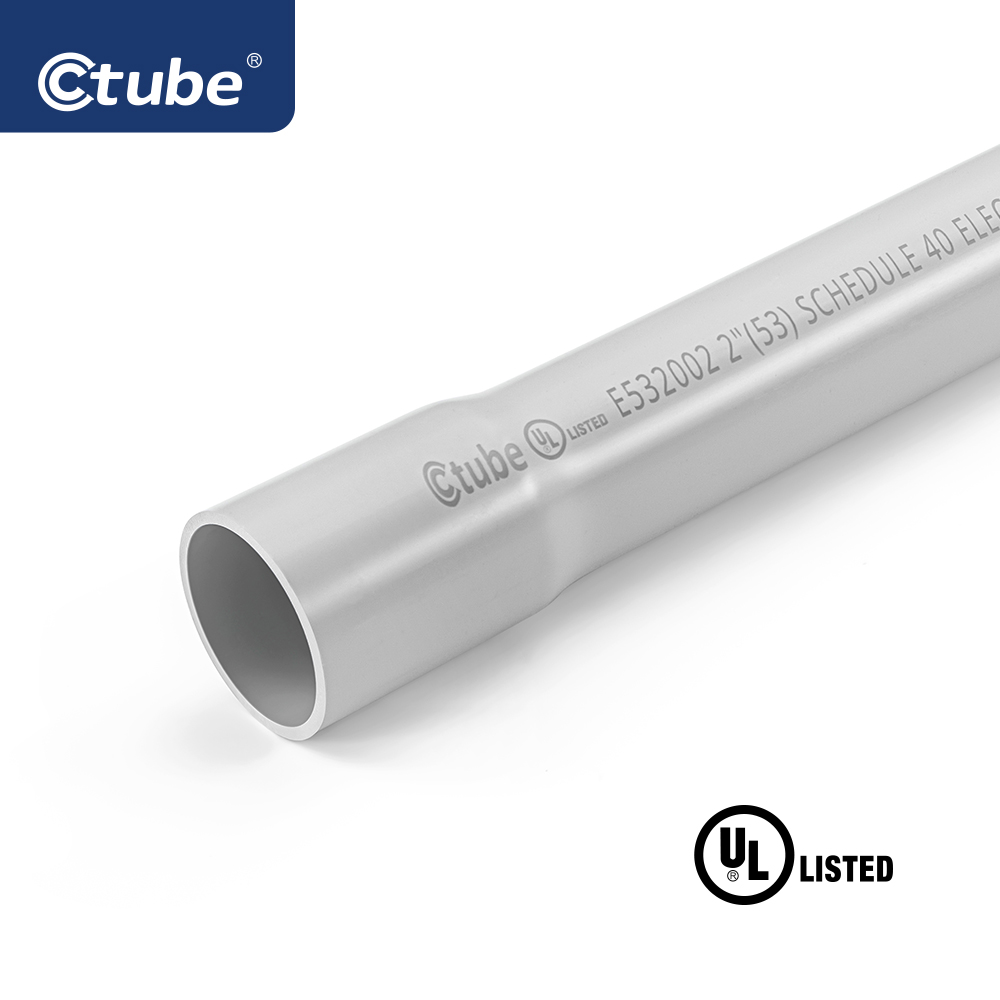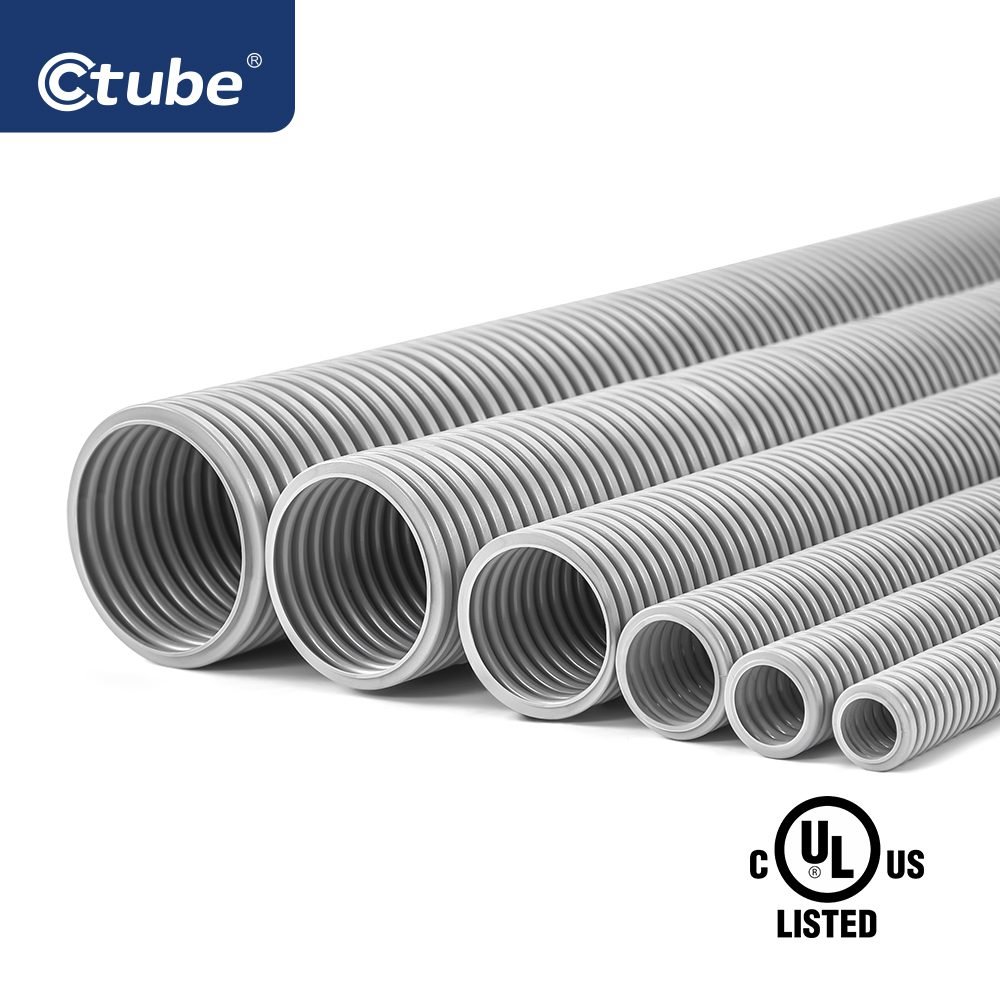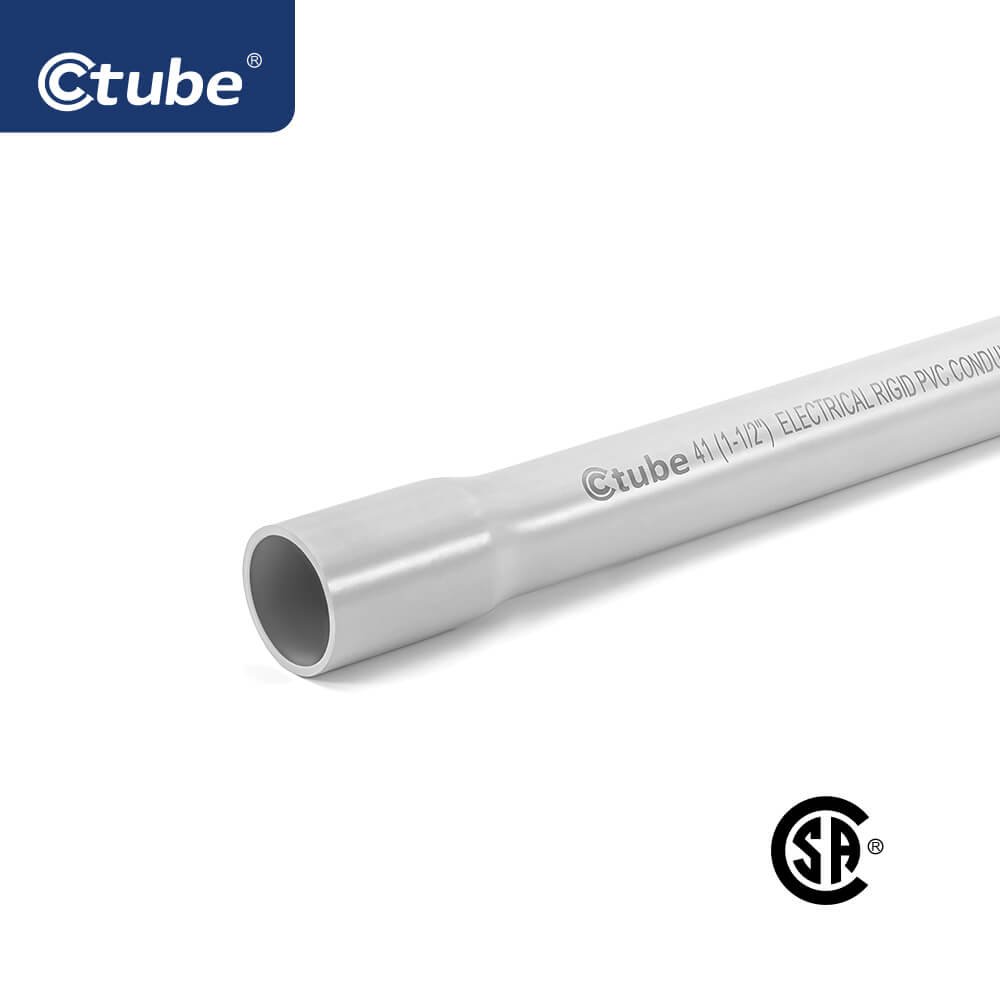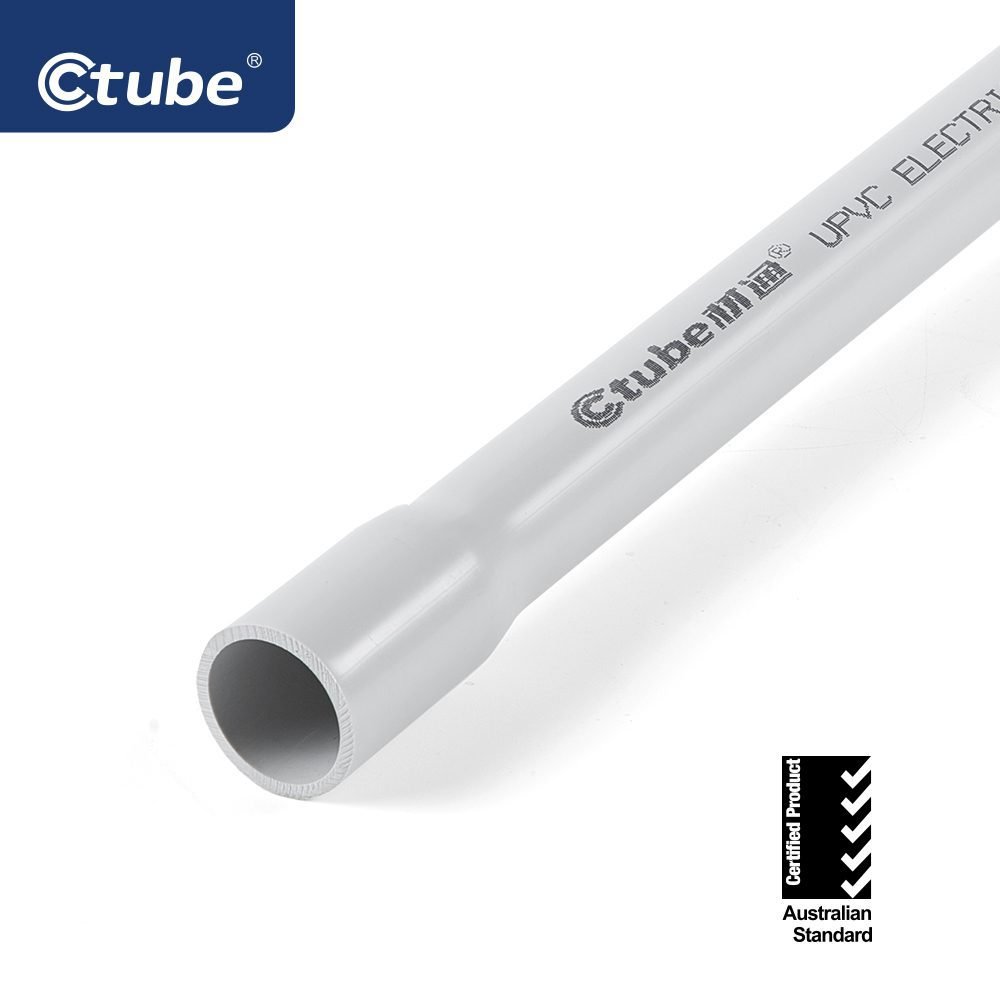How to make an accurate cutting of PVC conduits is critical of electrical installation?
Precision in cutting electrical pipe is essential in working conduit installation. While poorly conduit cutting can lead to improper fits or even safety hazards. Here, our step-by-step guide aims to equip you with the necessary skills and knowledge to master the art of cutting PVC pipe. By following the cutting methods below, you can achieve accurate cuts.
Table of Contents
Toggle
I. Tools and Materials Needed
A. List of Essential Tools:
1. Various Pipe Cutter: Choosing depending on the conduit’s size and your preference.
2. Measuring Tape: Crucial for accurately measuring and marking the conduit before cutting.
B. Safety Equipment Recommendations:
1. Marker: Used to make clear and visible marks at cutting points for precise cuts.
2. Safety Goggles: Protect your eyes from flying debris and particles generated during cutting.
3. Gloves: Provide hand protection and improve grip when handling tools and materials.
4. Dust Mask: Prevent inhalation of dust and debris produced while cutting PVC
conduits.
Additionally, we also recommend wearing ear protection and protective clothing to ensure a safe and comfortable working environment.
Make sure you have all the required tools and safety equipment nearby. This preparation will help you tackle the PVC conduit-cutting process safely and effectively.
II. Step-by-Step Guid
Step 1: Measure and Mark the Conduit
Start by precisely determining the length of the PVC conduit you need using a tape measure. Once you’ve taken the measurement, mark the cut line on the plastic pipe. Verify your measurements for precision, as exactness at this point is vital for a successful cut.
Step 2: Secure the Pipe
To prevent any movement or shifting during the cutting process, clamp or hold the pipe securely in place. This ensures stability, making it easier to achieve a clean straight cut. Ensuring the conduit is stable and immobile will result in a straight and precise cut.
Step 3: Select the Appropriate Cutting Tool
Choosing the right cutting tool is vital for clean and accurate cuts. More mentioned in the following. Suppose you have no tools now. Here are tips or details on how to choose the appropriate cutting tool. Consider the size and type of conduit you’re working with, as well as your personal preference and experience level.
PVC Pipe Cutter: Ideal for smaller diameters, offering precise and effortless cuts. Hacksaw: Suitable for a variety of diameters, offering flexibility and requiring careful sawing technique.
Ratcheting PVC cutters: Also Ideal for small conduit sizes. But the difference is that it offers precise cutting with less manual effort.
Power Miter Saw: Suitable for all sizes, providing motorized, precise cuts with appropriate safety precautions.
You can find these tools mentioned at hardware stores. However, it’s important to note that the prices can vary significantly. Some may be more expensive, while others are more affordable. Considering the frequency of use is also important. In such cases, opting for a more budget-friendly option can still get the job done effectively without breaking the bank.
Always weigh your needs against the cost to make the best decision for your situation.
Step 4: Make the Cut
With the conduit securely in place and the cutting tool selected, proceed to cut along the marked line.
Before choosing PVC pipe cutters, it is important to inspect the condition of the blade to ensure it is sharp and in good shape. Apply steady pressure and rotate the cutter smoothly around the conduit for optimal results.
With a hacksaw, secure the conduit firmly and maintain a steady hand while using smooth, even strokes for cutting.
When using ratcheting PVC cutters, engage the ratcheting mechanism firmly and align the blade with the marked cutting point. Utilize minimal manual effort as the mechanism provides leverage for easier cutting. With a power miter saw, securely fix the conduit and adjust the blade angle and depth accordingly. Carefully guide the conduit through the blade, making sure to
follow safety precautions.
Step 5: Smooth the Edges
After cutting, it’s crucial to smooth out any rough edges or burrs on the conduit. You can achieve this by using a deburring tool or sandpaper to ensure a clean and professional finish. Removing any imperfections will enhance the appearance of the cut. And make a proper fit during installation.
III. Tips for Cutting PVC Conduits
Here are some essential tips to ensure a successful and safe tubing-cutting process:
A. Maintaining Accuracy Through Precise Measurements
Before making any cuts, take the time to measure and mark the conduit accurately. Use a measuring tape and marker to mark the cutting points, ensuring they are clear and visible.
B. Tips for Choosing the Right Tubing Cutter (Mentioned above)
Let’s recap the key points covered in our guide:
Before diving into the cutting process, it’s crucial to gather the tools and materials needed. This includes essential tools such as PVC pipe cutters or other tools mentioned above, gloves, dust masks, and so on. All these ensure an effective and safe working environment.
The step-by-step guide breaks down the methods to cut into five easy-to-follow steps.
Beginning with measuring and marking the conduit, you’ll move on to securing the conduit in place. With the conduit securely positioned, you’ll cut using precise techniques, ensuring a clean and accurate result. Finally, smoothing the edges of the conduit will provide a professional finish and facilitate proper installation.

